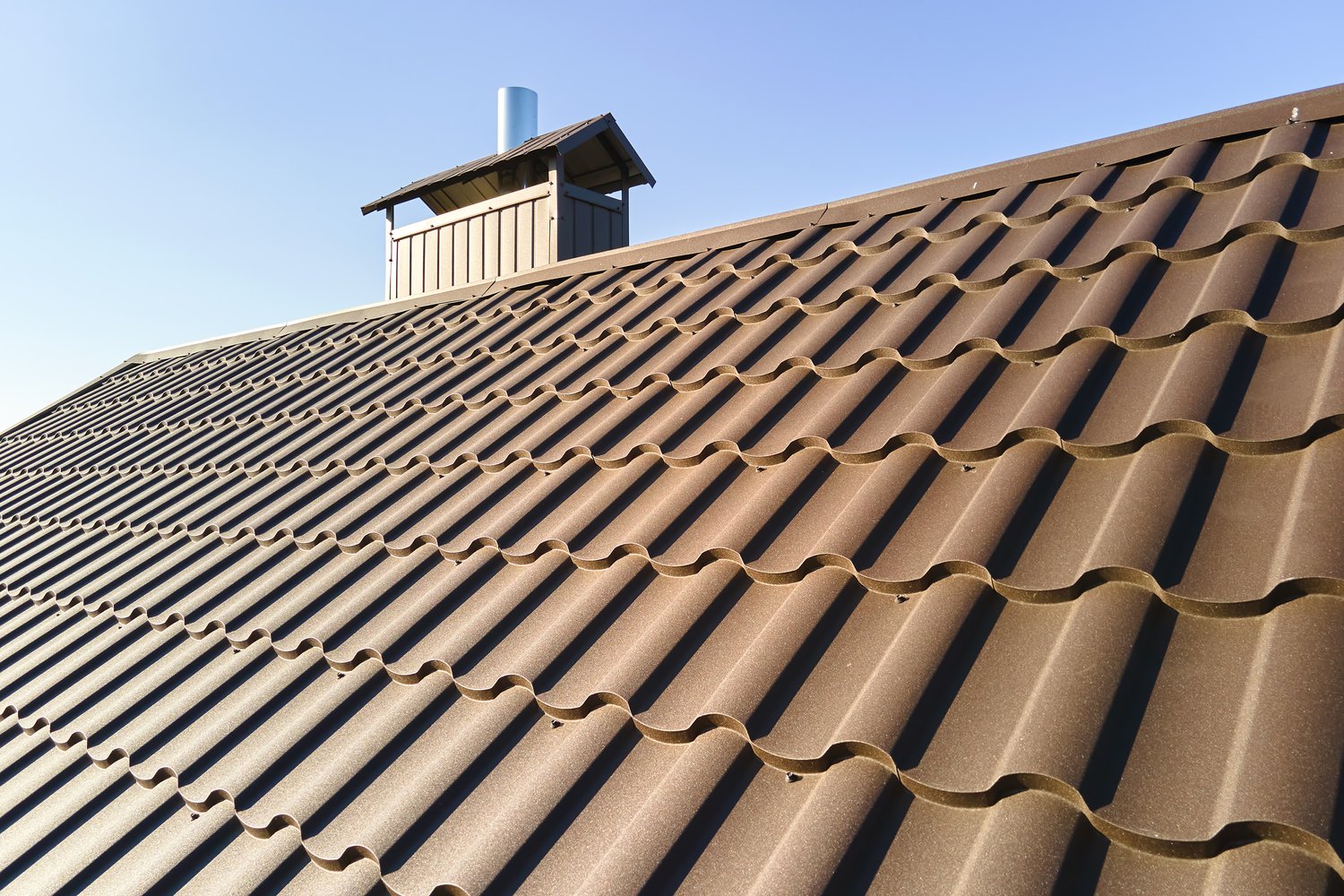When it comes to selecting the right roofing material for your home, clay and concrete tiles represent two popular options that combine aesthetic appeal with durability. Homeowners often find themselves weighing the pros cons roof tiles offer before making their final decision. This comprehensive roof tile comparison will examine how these materials differ in terms of longevity, cost-efficiency, aesthetic versatility, and environmental impact. By understanding the unique characteristics of clay vs concrete tiles, you’ll be better equipped to determine the best tile material for your specific roofing needs.
Understanding Clay Roof Tiles
Clay roof tiles have adorned buildings for thousands of years, proving their exceptional longevity. These tiles are crafted from natural clay that is molded into shape and then kiln-fired at high temperatures. This manufacturing process creates a distinctive terracotta color, although modern treatments allow for various color options. One of the primary advantages of clay tiles is their impressive lifespan, often lasting 75-100 years or even longer with proper maintenance. The natural clay material does not fade significantly over time, maintaining its rich color despite decades of sun exposure.
The aesthetic appeal of clay tiles is undeniable, providing homes with a timeless, elegant appearance that complements many architectural styles, particularly Mediterranean, Spanish, and Mission designs. However, this beauty and durability come at a premium. Clay roof tiles typically cost 30-50% more than their concrete counterparts, representing a significant investment in your home. Additionally, their weight necessitates ensuring your home’s structure can support them, potentially requiring additional structural reinforcement as noted by roofing specialists at AskHomey.
Clay tiles also offer excellent thermal properties, helping to regulate indoor temperatures by providing natural insulation. This can contribute to energy efficiency in both hot and cold climates. The natural composition of clay tiles means they’re environmentally friendly and fully recyclable, making them a sustainable choice for environmentally conscious homeowners.
Understanding Concrete Roof Tiles
Concrete roof tiles represent a more recent innovation, gaining popularity in the mid-20th century. These tiles are manufactured from a mixture of cement, sand, and water, which is molded into the desired shape and then cured. The best tile material for budget-conscious homeowners often proves to be concrete, as it delivers many benefits of tile roofing at a more accessible price point.
Durability is a significant advantage of concrete tiles, with most products offering warranties of 30-50 years. While this falls short of clay’s potential century-long lifespan, it still represents excellent longevity compared to many alternative roofing materials. Concrete tiles can withstand harsh weather conditions, including high winds, hail, and freeze-thaw cycles, making them suitable for diverse climates.
One advantage in the clay vs concrete tiles debate is concrete’s versatility in design and color. Manufacturers can produce concrete tiles in various profiles and colors, even mimicking the appearance of clay, slate, or wood shake. This versatility allows homeowners to achieve their desired aesthetic while potentially saving on material costs. It’s worth noting, however, that concrete tiles may experience some color fading over time, particularly in intense sunlight conditions.
Weight and Structural Considerations
Both clay and concrete tiles are heavier than many alternative roofing materials. Concrete tiles typically weigh between 9-12 pounds per square foot, while clay tiles can weigh 10-15 pounds per square foot. This significant weight requires proper structural support to ensure the roof can bear the load safely. Before installing either type of tile, a professional assessment of your home’s structural capacity is essential.
For existing homes, retrofitting to support the weight of tile roofing may involve additional costs for structural reinforcement. New construction can incorporate the necessary support from the beginning, potentially reducing these concerns. The weight of both materials does offer advantages in high-wind areas, as heavier roofing materials typically perform better in extreme weather conditions.
Maintenance Requirements
When conducting a thorough roof tile comparison, maintenance needs must factor into the decision. Both clay and concrete tiles require periodic inspection and maintenance to ensure optimal performance. Common maintenance tasks include clearing debris from valleys and gutters, replacing broken tiles, and checking for proper ventilation beneath the tiles.
Concrete tiles may require more frequent cleaning to prevent moss and algae growth, particularly in humid climates. They can also be more susceptible to cracking in freeze-thaw conditions. Clay tiles generally require less maintenance over their lifetime, though individual cracked or broken tiles will need replacement when damage occurs. The naturally smooth surface of clay tiles tends to shed debris and resist biological growth better than concrete.
Making Your Decision
Selecting between clay vs concrete tiles ultimately depends on your specific priorities, budget, climate conditions, and aesthetic preferences. Concrete tiles offer excellent value and versatility for homeowners working within stricter budget constraints, while clay tiles provide unmatched longevity and timeless beauty for those able to make a larger initial investment. Both options represent durable, attractive alternatives to conventional asphalt shingles and can significantly enhance your home’s curb appeal and value.
For more tips and to connect with reliable home service professionals, follow AskHomey on Facebook and Instagram.



